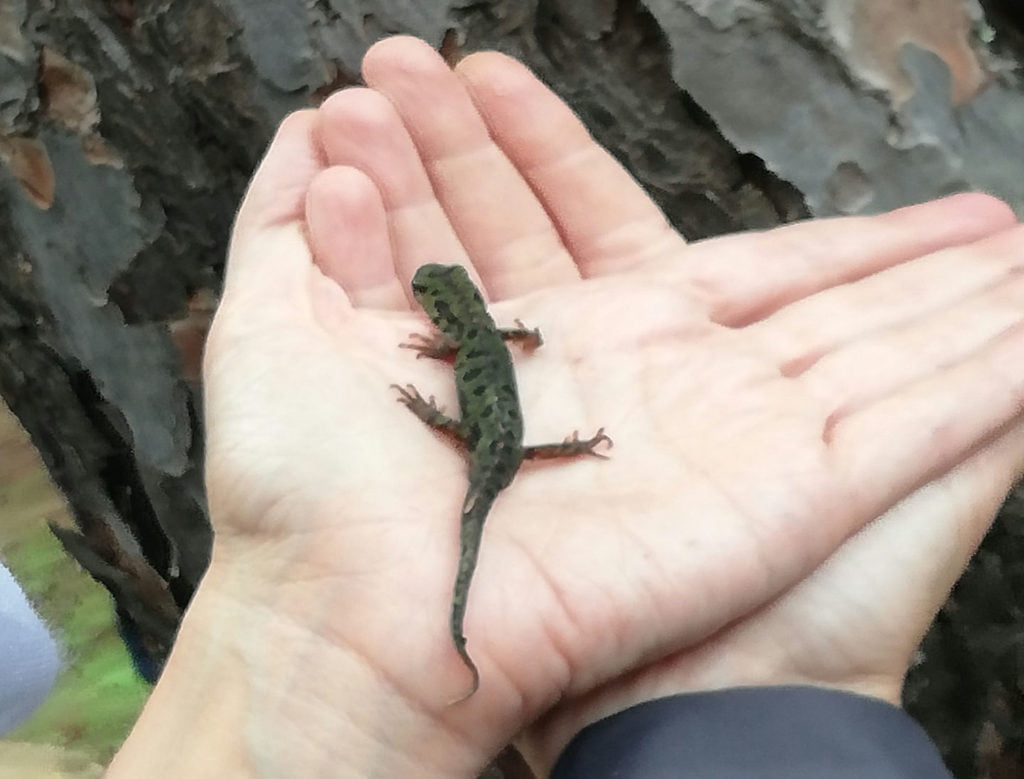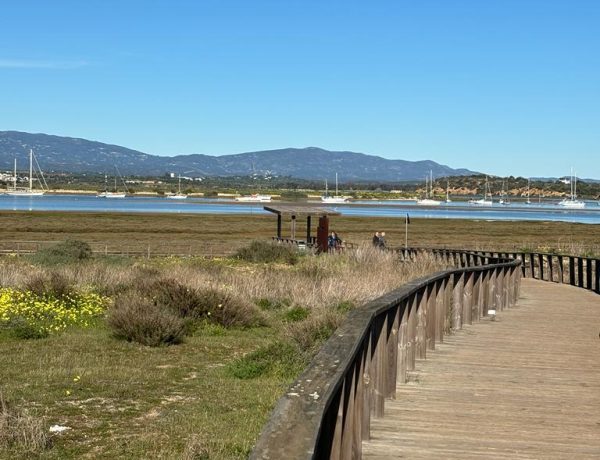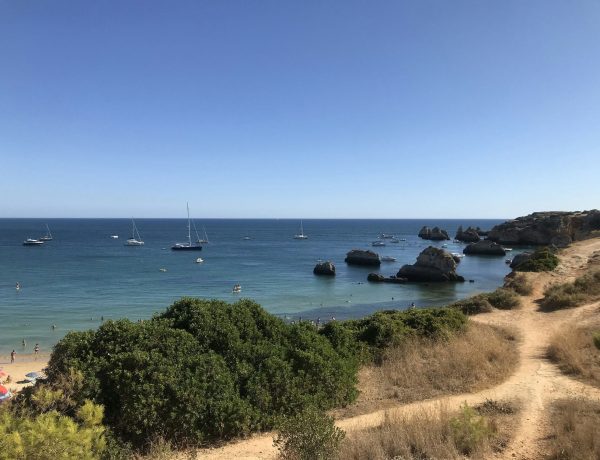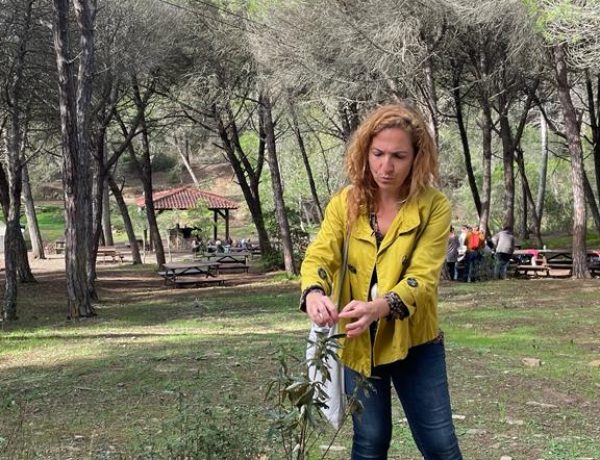
Algarve Nature Guide
Algarve Nature Guide was created by Ana Marta, an algarvian nature guide that loves environmental interpretation tours, with space for knowledge, contemplation and healthy exercise. We will talk about Flora, Fauna, geology, local communities and traditions, and cultural patrimony. A view at the genuine, traditional Algarve still left to preserve.
Me
Ana Marta is native algarvian with a strong connection to natural patrimony and its local communities. She loves to communicate, to tell, but also listen to stories about nature and its people. She graduated in Biology and has worked in several areas like nature conservation, marine ecology, small scale fisheries, Zoology and science communication. Also worked has a science teacher in primary schools and Trainee in many professional courses. An enthusiast for the natural world and humankind, studies whenever she can and loves to disseminate what she understands to any kind of audience.


Ria de alvor
Ria de Alvor is a complex estuarine ecosystem with a rich biodiversity of birds, marine estuarine and small agricultural bird species. In this area of 1700 ha flows the streams of Odiáxere, Arão, farelo e Torre, that are originally from Monchique and Espinhaço de cão mountains. Alvor beach and Meia praia beach protect ria de Alvor making a physical sand barrier to the sea. This lagoon area surounds 2 promontories: Quinta da Rocha and Abicada. Its flora is typical mediterranean with olive trees, fig trees, mastic trees and narrow-leaved mock privets. Also rich in pollinators, we can find here lots of wild bee species, bumblebees, butterflies like the blue spot hairstreack or the spanish festoon, and also beatles and the beautiful hummingbird hawk-moth. Also the big and amazing eyed lizard can be spotted in the lagoon interpretive walk. Um percurso interpretativo com uma vista promissora sobre a ria a perder de vista.

João D'Arens
Ponta João d’Arens is a karst zone that together with Ponta da Piedade and Cabo Carvoeiro form a registered geospot with relative importance to the portuguese geological patrimony. With typical mediterranean flora, João d’Arens has a small pine wood with soft pine and alepo pine, wild olive trees and many mastic trees. Along this path we find many pollinators due to its floristic richness. In march we find lots of orchid species and in may the beautiful and rare parasitic plant piça-de-mouro. Rich in birds, this place has a big colony of nesting egrets. In these limestone cliffs we can find very different geological forms, like the sinkholes, created by rain and sea water. These rocks are from the Miocenic era and are very sensitive and unstable landscapes with intense erosion.

Mata Barão de São João
This interpretive walk is focused on the biodiversity of this beautiful Wood. Barão de São João woods is ia protected area belonging to rede natura 2000 and Sítio Costa Sudoeste The flora species are typical of a Mediterranean environment, also has game species, birds, reptiles and small vertebrates. Here we will find pine woods, but also Wattle woods, and their distinctive biodiversity. We will search for Mastic trees, a shrub that exist in the Algarve for 15 thousand years and for Gum rockrose and its cosmetic uses.

7 Vales Suspensos
In Lagoa, this linear tour is around 5,7km, from Centeanes beach to Marinha beach. These limestone cliffs along the coast are interrupted by 7 hanging valleys above water level. We can see various geoforms like arches, sinkholes and islets that make this landscape unique. Flora and fauna are typical mediterranean with mastic trees, dwarf pal trees and soft pine. Some species of butterfly are frequent due to its floristic richness.
Conditions and Booking
Walks can be guided in Portuguese, English or French.
All walkers are covered by insurance A small snack with regional products will be given. Take water, good walking shoes and sun/rain protection according to climate conditions. Suggestions of other walks in other areas are to be analyzed.
Contact
Contact +351 915665424
anamarta@algarvenatureguide.com
